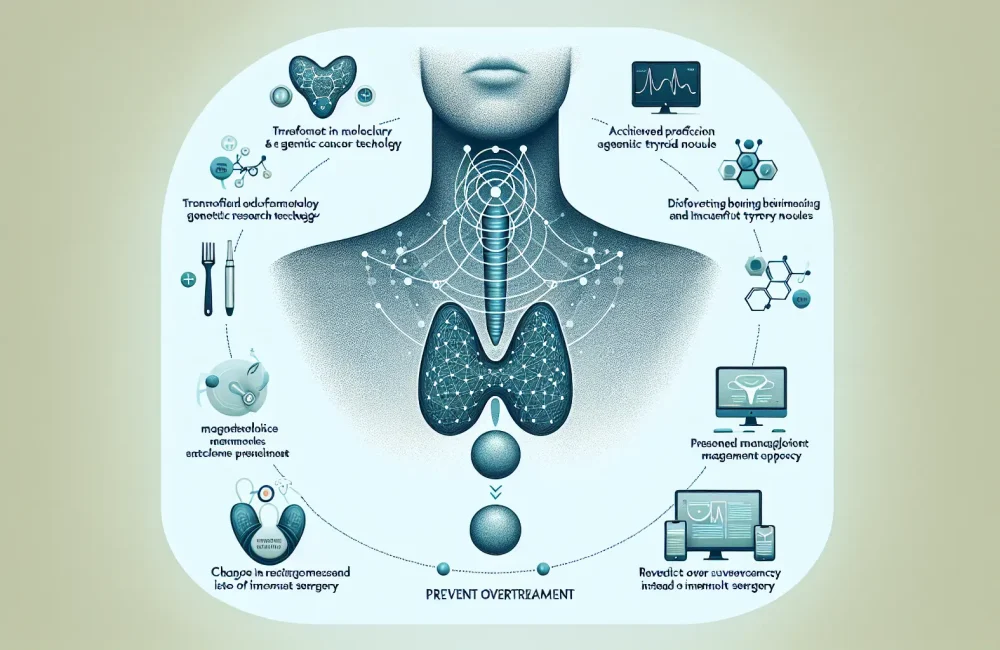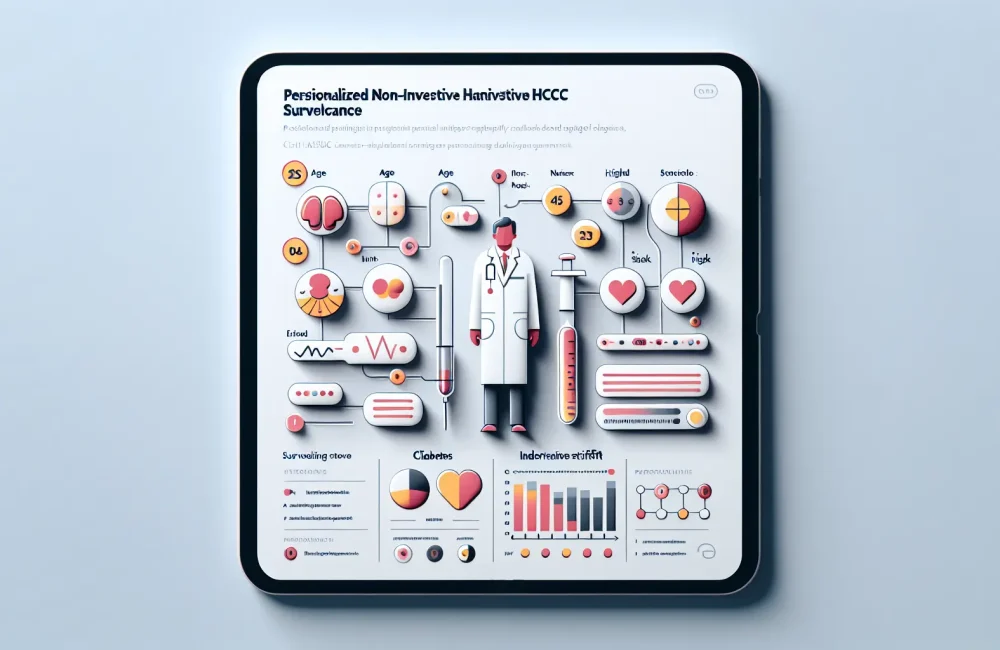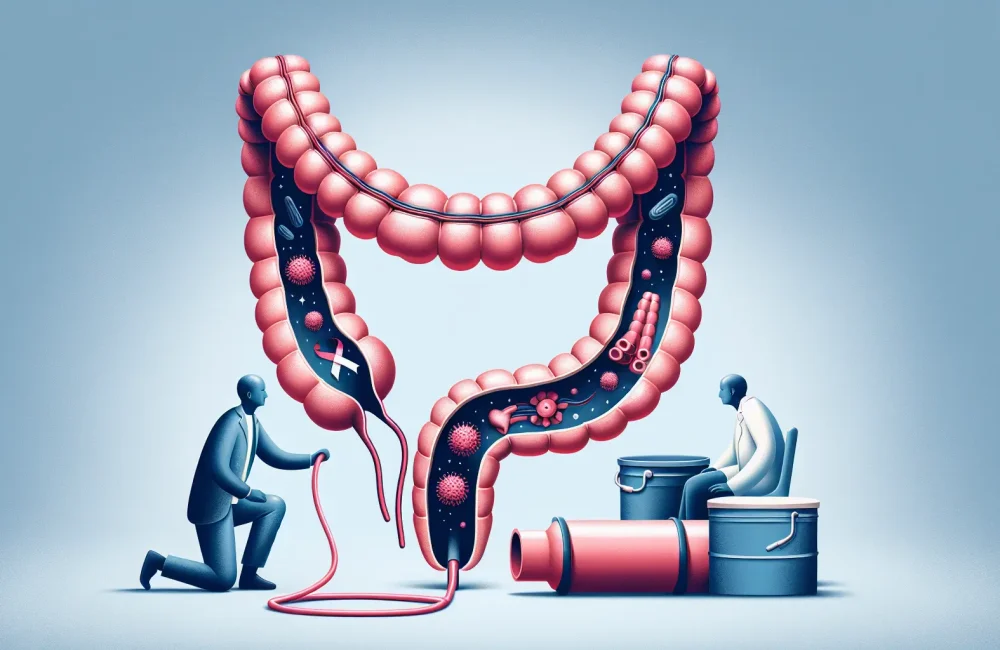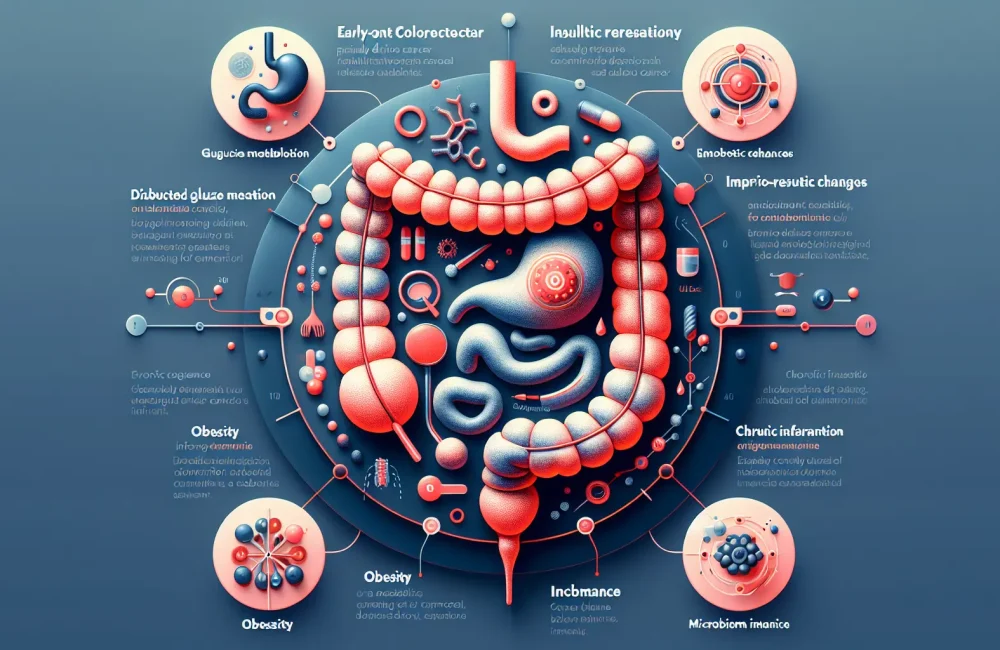By CAFMI AI From New England Journal of Medicine
Challenges in Assessing Cancer Risks from Diagnostic Imaging
Diagnostic imaging techniques like CT scans have become indispensable in modern medicine, offering detailed insights critical for diagnosing a vast array of conditions. However, concerns persist around the potential for radiation exposure during these procedures to increase the risk of cancer. Epidemiologic studies investigating this risk face numerous methodological challenges that clinicians must understand to interpret these findings accurately. Confounding factors, such as preexisting health conditions and reasons for imaging, can bias results. There is a risk of reverse causation where early symptoms of an undiagnosed cancer lead to imaging, falsely suggesting the imaging caused cancer. Additionally, accurately quantifying radiation dose exposures and linking them to cancer outcomes over long latency periods is complex. These issues complicate the ability to draw clear causal inferences about diagnostic imaging and cancer risk from observational data.
Clinical Implications and Cautious Interpretation of Evidence
For practicing clinicians, the key takeaway is the need for a balanced perspective when ordering and interpreting diagnostic imaging studies. While it is logical to minimize unnecessary radiation exposure, imaging modalities provide undeniable diagnostic value that can significantly alter patient management and outcomes. The article urges clinicians to consider study design limitations and statistical rigor when evaluating literature on cancer risks from imaging. This critical appraisal helps avoid undue patient anxiety and prevents the withholding of medically necessary imaging. Clinicians should communicate to patients the relative risks and benefits, emphasizing that the absolute cancer risk from typical diagnostic imaging is generally low. Adopting best practices to reduce radiation dose, such as adhering to appropriateness criteria and using alternative modalities when feasible, aligns with guideline recommendations and supports patient safety.
Recommendations for Future Research and Primary Care Practices
The article also highlights an urgent need for ongoing research employing refined methodologies that can better isolate cancer risks directly attributable to diagnostic imaging. Prospective studies with accurate dosimetry, longer follow-up, and robust adjustment for confounders are essential to clarify these complex relationships. From a primary care perspective, clinicians should integrate cancer risk considerations into decision-making workflows, ensuring imaging is justified and tailored to individual patient risk profiles. Counseling points include explaining the low but potential radiation risks, recognizing red flags that warrant imaging, and ensuring appropriate follow-up to monitor findings. Educating clinicians on these nuances helps optimize diagnostic strategies, enhancing patient care while minimizing unnecessary radiation exposure. Overall, the article advocates for a measured, evidence-informed approach to imaging in clinical practice.
Read The Original Publication Here






